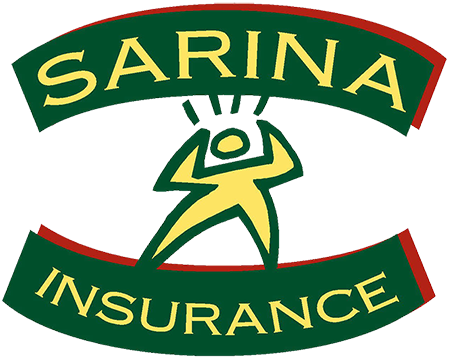A lack of understanding around what insurance jargon refers to could cost you dearly. Here are some industry terms and concepts you should be clear about before signing anything.
Insurance is a contract (i.e. a legally enforceable agreement) between two or more parties. It typically involves an individual or business paying premiums to transfer specific risks to an insurer. If something does go wrong, the insurer then has to pay for, say, a burnt-down shop to be rebuilt.
So far, so simple. However, as is the case with most contracts, insurance policies are complicated. To understand how they work you should, at a minimum, get familiar with the following.
Key insurance terms
Product disclosure statement: In certain types of insurance, such as home and motor, your insurer needs to provide you with a product disclosure statement. As well as the insurer’s contact details, this sets out the significant benefits, cost, terms and conditions, cooling-off period and dispute-resolution process relating to the policy they are offering.
Duty of Disclosure: When you take out an insurance policy, renew a policy or vary it, you have a duty to disclose to the insurer every matter that you either know or a reasonable person in the circumstances could be expected to know are relevant to the insurer whether to accept the risk and if yes, on what terms. You can’t, for example, be diagnosed with a terminal illness and then apply for a life insurance policy while keeping the diagnosis secret.
Agreed value/Market value: Let’s say you purchase a motor vehicle, costing $20,000 for your business. You’ll have the option of insuring the vehicle for either agreed or market value. Agreed value means you and the insurer agree to a set sum (for example, $20,000) being paid out in the event of a successful claim.
Market value means the insurer will only pay out what they would currently be worth in the market. If the vehicle is stolen three years after being purchased, the pay-out might only be $16,000.
Excess (also known as deductible): To discourage claims, especially for minor losses, and to reduce premiums insurers use a carrot (no-claim bonuses) and a stick (an excess). In the above example, the insurer might insist on an excess of $500 on the vehicle. That way, if the vehicle is damaged, the business owner out of their own pocket pays for the first $500 of the cost of repairs. Policies with larger excess are cheaper. That’s because you’re less likely to make a claim and will get a relatively lower pay-out when you do.
Compulsory insurance: While businesses often have the choice to insure against risks or take their chances, some insurance policies are legally required. For example, workers’ compensation insurance is compulsory for any business owner who has employees. Likewise, professional liability is compulsory for professionals in many occupations.
Exclusion: This is a clause in the policy which sets out the circumstances in which an insurer will not be liable for a claim under the policy. For example, a motor vehicle policy may exclude cover for the theft of a vehicle if the keys were left in the ignition. Failing to be aware of exclusions in an insurance policy is a common and often costly mistake.
Period of cover: The period for which an insurer agrees to cover you, usually a year.
Waiting period: Some types of insurance, such as income protection, require the individual making a claim to support themselves for a period of time (until a lump-sum payment is made or recurring monthly payments start). If money is tight, you can lower premiums by agreeing to a longer waiting period.
Benefit period: This refers to the period of time in an income protection policy in which an insurer will pay out if you suffer a loss covered by the policy. For example, some income protection policies pay out for one year, others until retirement age. Again, a cost-benefit trade-off needs to be made; the longer the benefit period, the more expensive the policy will be.
General Insurance Code of Practice: People often worry an insurer will take their money but try to wriggle out of providing a pay-out if they make a claim. However, insurers must abide both by the law and a code of practice developed by the Insurance Council of Australia. If you have issues with an insurer (or are worried you might), you should read the code.
“Australia is one of the world’s most underinsured first-world nations. Australian SMEs owners don’t appear to be any less blasé than their non-business-owning compatriots.”
Underinsurance: This can refer to one of two things:
- Having no insurance at all. Most businesses do not take business interruption insurance, meaning that they cannot claim economic losses when the business has to close down for some reason.
- A policy that doesn’t cover the value of what is being insured. For example, if you insure a building and the replacement cost of the building is $2 million but you only insure for $1 million, if the building is burnt down, you can only recover $1 million. If the building is damaged but can be repaired for less than $1 million, the insurer may be able to reduce any payment to reflect the underinsurance. This is to encourage you to insure for full value and pay the right premium.
Australia is one of the world’s most underinsured first-world nations. Australian SMEs owners don’t appear to be any less blasé than their non-business-owning compatriots.
Still feeling confused?
Fortunately, it’s possible to outsource the task of checking whether your policies offer either agreed or market value or have any unreasonable exclusions to an insurance broker (i.e. an intermediary, who acts on behalf of you in applying for insurance).
If you need expert advice on whether your policies are providing the cover your business needs at a fair price, contact us and we will be happy to speak with you.




